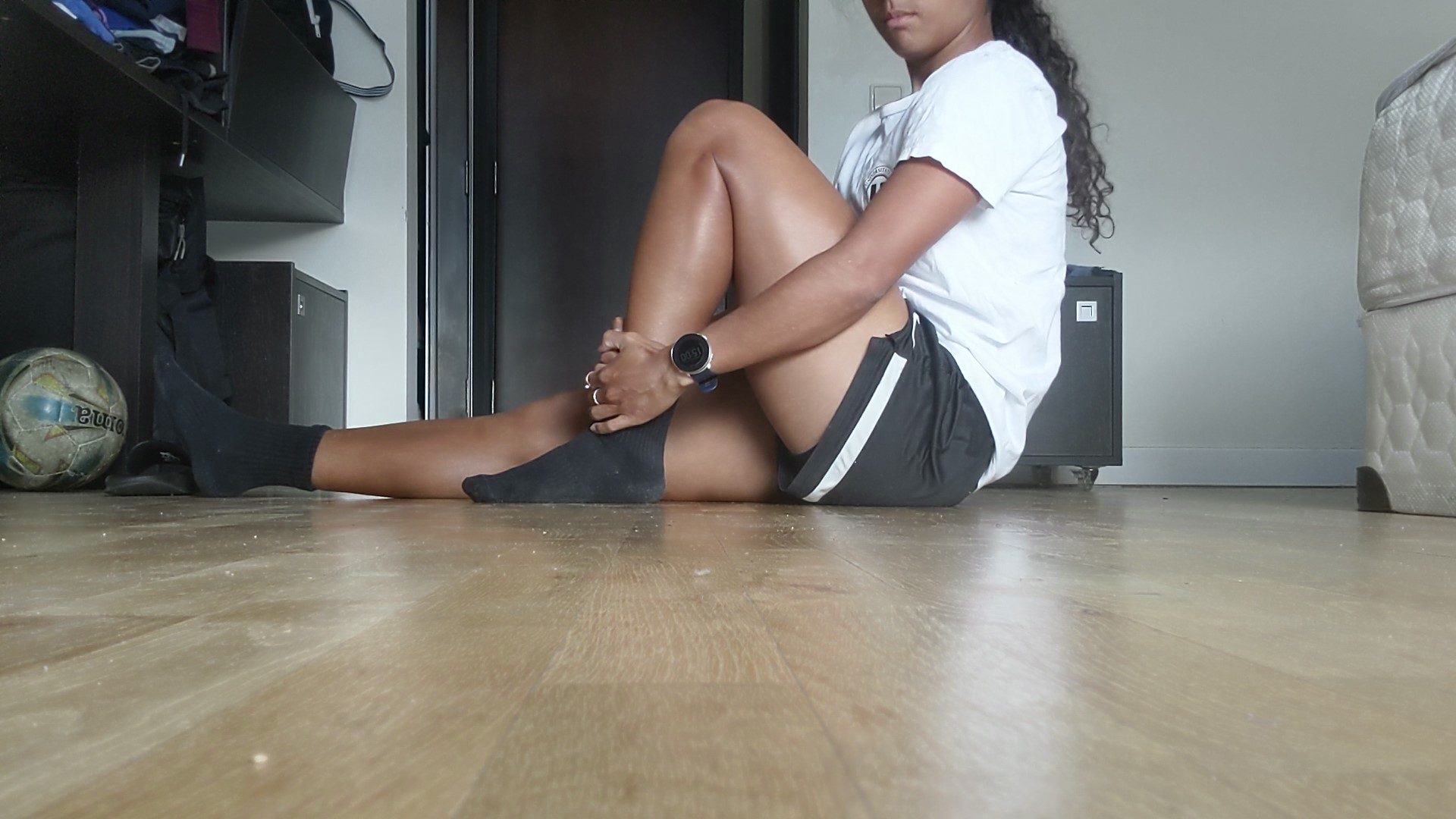In the long term, a meniscus repair is a great option for restoring knee function after a tear. But in reality, the success rate of a meniscus repair isn’t 100%. In fact, success rates for a meniscus repair range between 60% and 95%. So what happens if yours fails? What should you do if your meniscus repair fails?
Well, mine did. In 2018, I had a medial and lateral meniscus repair along with ACL reconstruction. Nearly a year later, when I was returning to high-level soccer, my medial meniscus repair failed. I then got a partial meniscectomy. In 2022, I had a second partial meniscectomy on the same meniscus.
Let’s take a closer look at the options if a meniscus repair fails.
Why Do Meniscus Repairs Fail?
Much like any surgery, a meniscus repair is not 100% effective. A failed repair is not always someone or something’s fault. A variety of factors all impact meniscus repair outcomes, and not all are controllable.
Unfortunately, there’s not always a clear reason when a meniscus repair fails. Even when you and your surgeon do everything right, it may not work out.
Here are a few potential reasons behind meniscus re-tears:
- Poorly performed surgery
- Lack of proper rehab/ recovery protocol
- Lack of sufficient quad strength
- Doubt or fear that cause hesitation during an activity
- The location of the tear
- The size and type of the initial tear
- Contact during an activity
- Poor field conditions
- Improper footwear
Can You Repair a Meniscus Twice?
If your meniscus repair fails, the most logical option may seem like getting it repaired again. Whenever possible, a repair is better long-term. It preserves your meniscus (cushion for your knee) which is better for long-term functioning and outcomes. So if your meniscus retears, will they repair it again?
You may find a surgeon who offers to do this, but it’s unlikely. My surgeon told me that it did not make sense to try to repair it again after that failed the first time. It suggested that the specific location of the tear did not get enough blood flow to properly heal, so the same thing would probably happen again.
Meniscectomy After Failed Meniscus Repair
A (partial) meniscectomy is one option after a failed meniscus repair. For a partial meniscectomy, the surgeon trims the torn part of the meniscus. They remove the damaged part and clean up the area to ensure your meniscus is smooth again. This is the operation I had.
The primary benefit of a partial meniscectomy in this case is that it removes the issue. You won’t be dealing with the nagging tear, and can get back to activity fairly quickly (1-3 months).
At the same time, a partial meniscectomy removes part of your knee’s cushion. You may notice the effects of impact, especially over time. One of the biggest concerns with a meniscectomy is arthritis, especially developing arthritis at a young age.
Still, for me, a partial meniscectomy was the best (and actually only) option. I had a piece of meniscus floating in my knee and blocking my extension. This had to be removed to restore normal functioning.
Meniscus Transplant
Another potential option is a meniscus replacement. I have never had this procedure, so I cannot speak on it personally.
For a meniscus transplant, the surgeon replaces your meniscus with a donor meniscus or an artificial substance that mimics the meniscus function.
Do I Need Surgery After a Failed Meniscus Repair?
When assessing your options after a failed meniscus repair, keep in mind that surgery is NOT the only choice. You may be able to restore your function with rehab. Again, depending on the location, the tear may be able to heal.
If your doctor thinks physical therapy is enough to help you, then you may be able to avoid surgery. They can give an estimate of how long you need treatment.
Should I Get Surgery After My Meniscus Repair Failed?
Simply put you have three main options after a meniscus repair fails: a partial meniscectomy to remove damage, (maybe) a meniscus transplant, or physical therapy/non-surgical intervention.
How do you know which is right? Do you need surgery after your mensicus repair failed?
The best way to determine which route is right for you is to work with your surgeon and medical team.
Here are some helpful considerations:
Signs to Get Surgery
- Your knee is locked
- Severe tear
- The tear is not in a “good blood flow” area
- Returning to full function quickly is imperative (athletes, physical labor jobs)
Signs to Consider PT or Nonsurgical Approach
- Knee function is only minorly impacted
- You can still bend and straighten your knee smoothly
- You can still walk
- A minor tear
- A tear in a “good blood flow area”/ likely to heal
- You have time to try PT and see if it works before considering surgery
Don’t Panic If Your Meniscus Repair Doesn’t Work!
As frustrating as it is, a failed meniscus repair is not the end-all-be-all. There are numerous options for addressing the new meniscus tear. The guide above may give you some direction, but ultimately you must consult a doctor to determine the best route for you.
